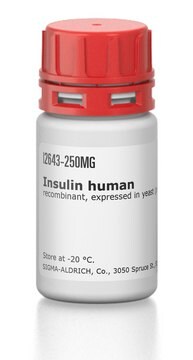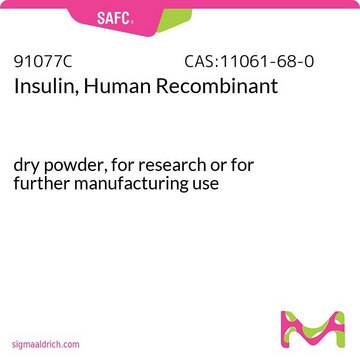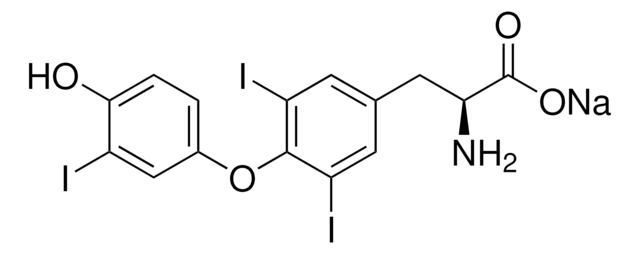N0636
Nicotinamide
BioReagent, suitable for cell culture, suitable for insect cell culture
Sinónimos:
Niacinamide, Nicotinic acid amide, Pyridine-3-carboxylic acid amide, Vitamin B3, Vitamin PP
About This Item
Productos recomendados
origen biológico
synthetic (organic)
Línea del producto
BioReagent
Ensayo
≥98% (HPLC)
Formulario
powder
mol peso
Mw 122.12 g/mol
técnicas
cell culture | insect: suitable
cell culture | mammalian: suitable
color
white
mp
128-131 °C (lit.)
solubilidad
water: soluble 50 mg/mL, clear, colorless
cadena SMILES
NC(=O)c1cccnc1
InChI
1S/C6H6N2O/c7-6(9)5-2-1-3-8-4-5/h1-4H,(H2,7,9)
Clave InChI
DFPAKSUCGFBDDF-UHFFFAOYSA-N
Información sobre el gen
human ... PARP1(142) , SIRT2(22933)
¿Está buscando productos similares? Visita Guía de comparación de productos
Descripción general
Aplicación
Acciones bioquímicas o fisiológicas
Palabra de señalización
Warning
Frases de peligro
Consejos de prudencia
Clasificaciones de peligro
Eye Irrit. 2
Código de clase de almacenamiento
11 - Combustible Solids
Clase de riesgo para el agua (WGK)
WGK 1
Punto de inflamabilidad (°F)
302.0 °F - closed cup
Punto de inflamabilidad (°C)
150 °C - closed cup
Equipo de protección personal
dust mask type N95 (US), Eyeshields, Gloves
Elija entre una de las versiones más recientes:
¿Ya tiene este producto?
Encuentre la documentación para los productos que ha comprado recientemente en la Biblioteca de documentos.
Los clientes también vieron
Artículos
Oxidative stress is mediated, in part, by reactive oxygen species produced by multiple cellular processes and controlled by cellular antioxidant mechanisms such as enzymatic scavengers or antioxidant modulators. Free radicals, such as reactive oxygen species, cause cellular damage via cellular.
Nuestro equipo de científicos tiene experiencia en todas las áreas de investigación: Ciencias de la vida, Ciencia de los materiales, Síntesis química, Cromatografía, Analítica y muchas otras.
Póngase en contacto con el Servicio técnico







![[Leu15]-Gastrin I human ≥95% (HPLC)](/deepweb/assets/sigmaaldrich/product/structures/153/342/d4cb3dd7-13f1-46cf-8d1f-3907a5de7a83/640/d4cb3dd7-13f1-46cf-8d1f-3907a5de7a83.png)





